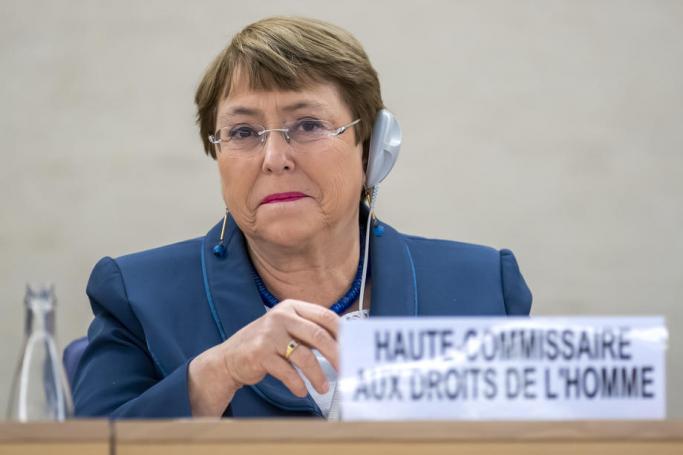The Human Rights Council recently held an interactive dialogue with UN rights chief, Michelle Bachelet, on the root causes of violations and abuses suffered by the Rohingya mainly-Muslim minority and other minorities in Myanmar, according to UN News.
She said the Myanmar Government now has a historic opportunity to counteract systematic violations, "by bringing its people together, as one".
The High Commissioner also presented her oral update, as well as country reports of the Secretary-General and the Office of the High Commissioner for Human Rights (OHCHR), followed by a general debate, according to the report.
Ms. Bachelet said she welcomed the engagement and constructive input of the Government of Myanmar in the compilation of the report.
She reminded Member States that for over half a century, the policies of Myanmar had discriminated against religious and ethnic minorities.
Democratic deficits, entrenched impunity, weak rule of law and the lack of civilian oversight had all contributed to human rights abuses in Myanmar, Ms. Bachelet noted, adding that women and girls were especially impacted as a result of sexual and gender-based violence.
Government policies “have contributed to and perpetuated violence, extreme poverty, exploitation and dispossession. Notably, the 1982 Citizenship Law rendered stateless a significant proportion of the Rohingya and other Muslims, compounding their vulnerability”, she said.
She added that the “root causes of these violations are complex, multi-dimensional and long-standing. Unpacking and untangling this multi-faceted human rights challenge requires understanding the historical, political, economic and social dimensions as a prerequisite to identifying solutions.”












